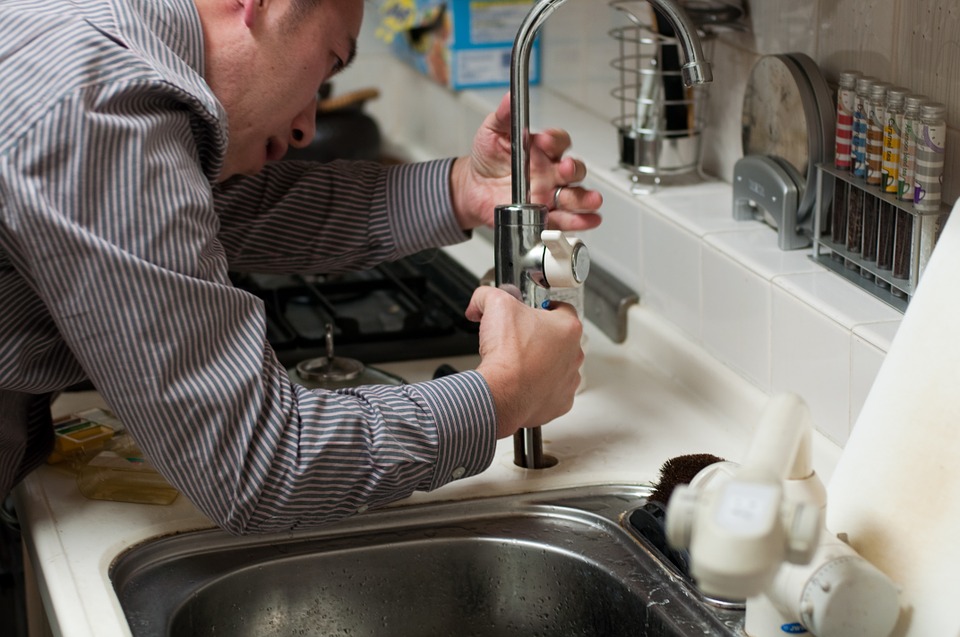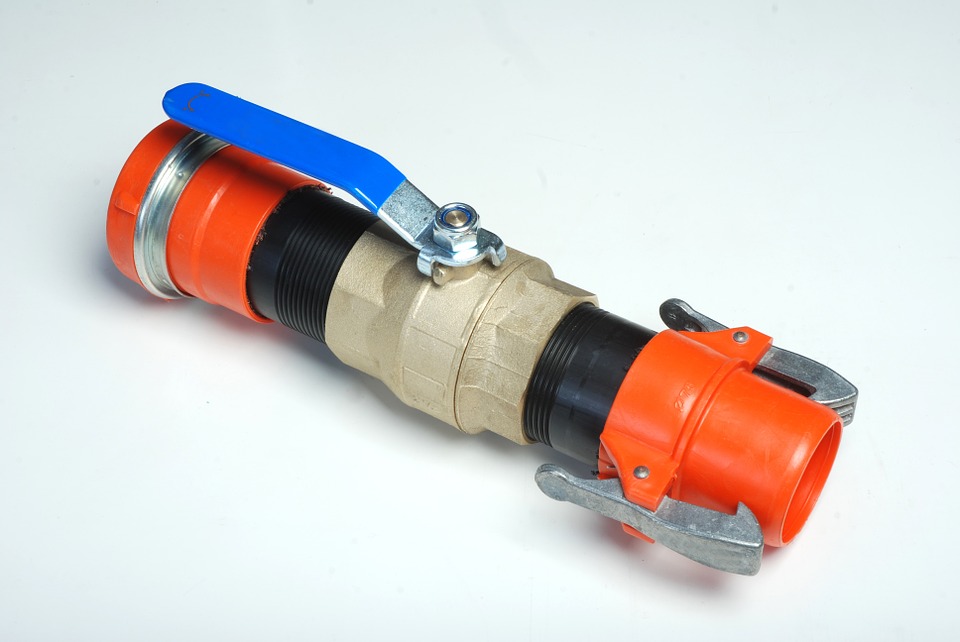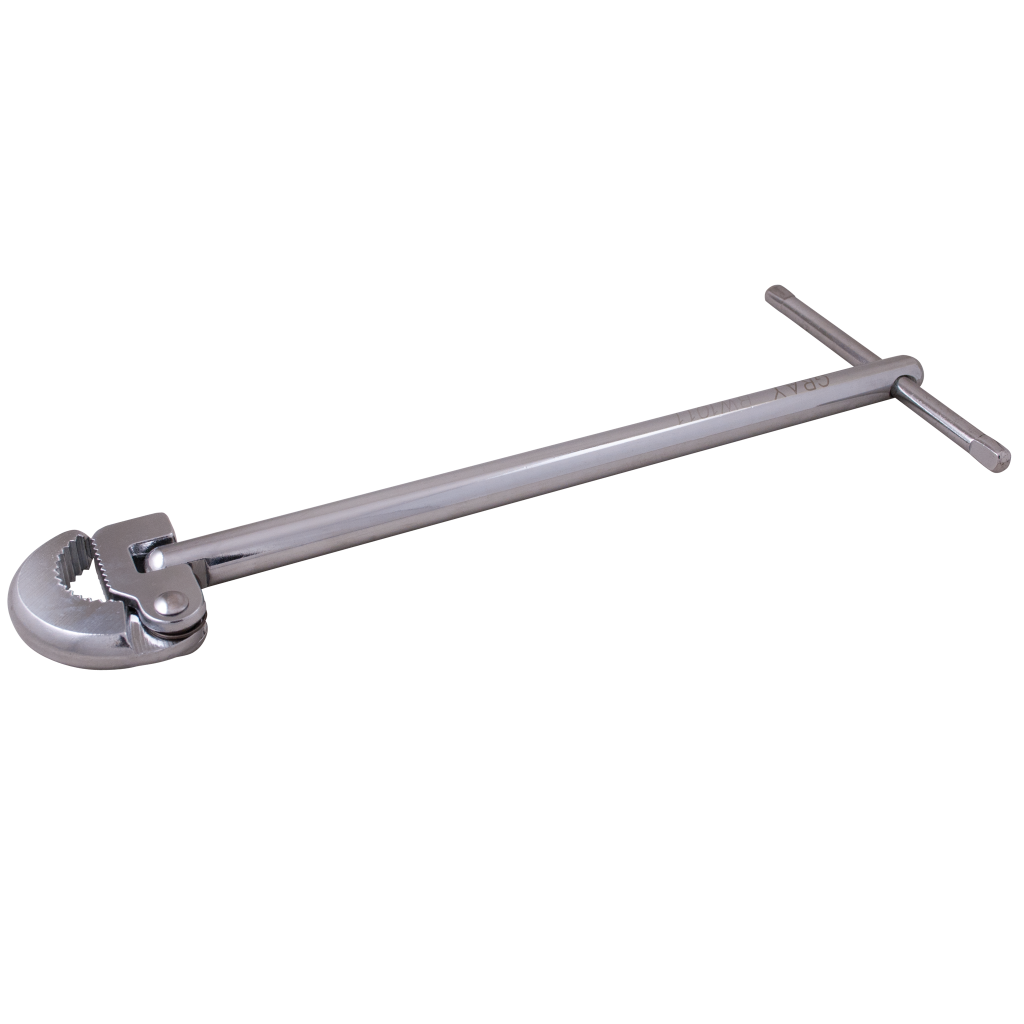Is your dishwater smelly? Is your garbage disposal broken?

This article explores what it takes to keep these vital appliances working as they were designed to and, in the case of your dishwasher, smelling fresh as well.
First, the Dishwasher …
If your dishwater gets smelly, these steps will freshen it up.
It’s a big mystery how a tool we use for cleaning can end up dirty, and foul smelling. The dishwater comes to mind; it can, and it does get dirty and smelly. One possible reason – the dishwater can easily end up being a dumping ground for food particle and grease build-up. To prevent this, you need to clean your dishwasher every so often to get rid of the food particle build up.
Another cause of the foul smell is inactivity. If you do not run your dishwasher on a daily basis, you might notice a smell emanating from the dishwasher.
Load Your Dishes the Right Way
Prevention, as the old adage goes, is better than a cure. Instead of having to remove food particles from the filter and the bottom of your dishwasher, it far better to deny the food particles access to your dishwasher.
To this end, you should thoroughly rinse off food particles before loading the dishes on your dishwasher. In doing this, you will not need to constantly remove the particles from your dishwasher. Importantly, you will not have to deal with a smelly dishwasher. And besides, scraping off any of food particles into your trash can is not too huge of a task when compared to cleaning your dishwasher.
Use the DIY Citrus Cleanse Solution
If you have not given your dishwashing endeavor the seriousness it deserves (you have not scraped off food from your plates or you haven’t cleaned the dishwasher for some time), all is not lost. Cut in half 2 lemons and place them in a bowl. Place the bowl and a cup of water on the bottom rack and run it. This will heat up the lemons, deodorizing the dishwasher.
How About A Vinegar Bath?
Instead of using water and lemons, you can use vinegar and do the same routine as described above. Vinegar is a great cleaner and deodorizer and cost effective as well.

Get Rid of Trapped Food
As much as you might scrap food from your plates, you will inevitably miss some food particles. As such, inspect the filter and the bottom of the dishwasher for food debris and grease routinely. You can use a wet microfiber cloth dipped in soapy water to wipe the inside of the dishwasher.
Following these steps will go a long way in keeping your dishwasher smelling fresh and operating efficiently.
The Garbage Disposal
The garbage disposal is at its core a motor attached to a flywheel. The flywheel turns teeth that grind up food waste. When this system is well maintained the garbage disposal will work efficiently and effectively all year round.
Should your garbage disposal break down, here are some of the small repairs you can use to get it up and running.
Common Disposal Scenarios
Your Garbage Disposal Does Not Turn On
When your garbage does not turn on, it is highly likely that it has an electrical issue. Start by ensuring the unit has been plugged in. Thereafter, make sure that the circuit breaker has not been tripped. If these solutions do not work, check whether your garbage disposal has a reset button. If it does, press that button. If that still does not work, the problem might be a blown motor. Call an expert to have a look.
The Unit Only Hums
If your garbage disposal only makes humming noise without turning, it is highly likely that it’s stuck. Alternatively, you may have a worn out flywheel. If it’s stuck, you can use a broom handle to free it. If you feel confident, you can take a wrench and unscrew the flywheel cleaning it thoroughly thereafter.

Leaks
When your garbage disposal leaks, the main cause of the problem is usually a worn seal or hose. Check for signs of worn out hoses and seals.
Clogged Drain Lines
You should refrain from using chemical cleaners to clear backed up drain lines. Remove the garbage disposal, and visually inspect the line. If you notice obstructions, clear the obstructions using means other than chemicals cleaners.
Worn Out Teeth
If the flywheel has worn out teeth, you can get your garbage disposal in good working order by replacing or sharpening the grinding mechanism.
If these tips prove ineffective or you don’t feel capable, it is time to bring in professionals who can professionally diagnose the problem and make appropriate recommendations with regards to repairs and or replacements.




